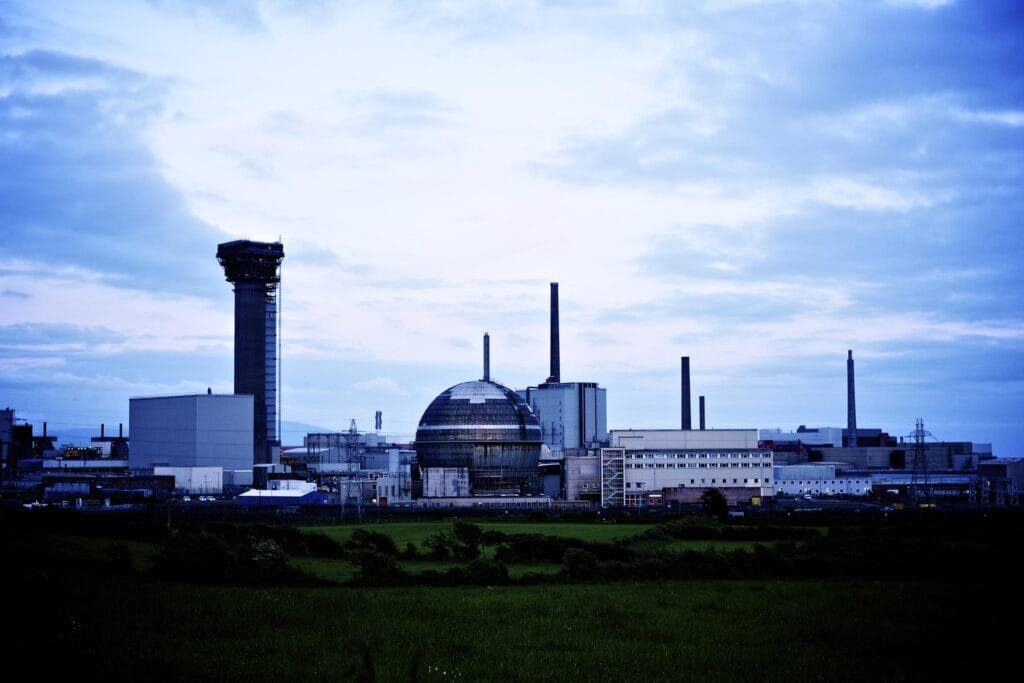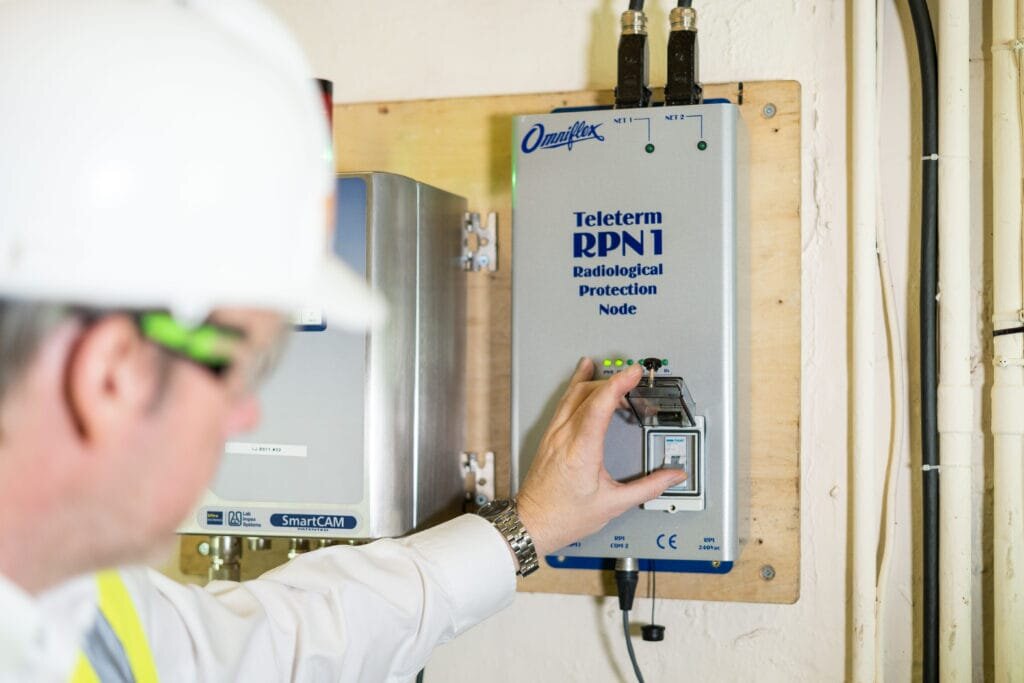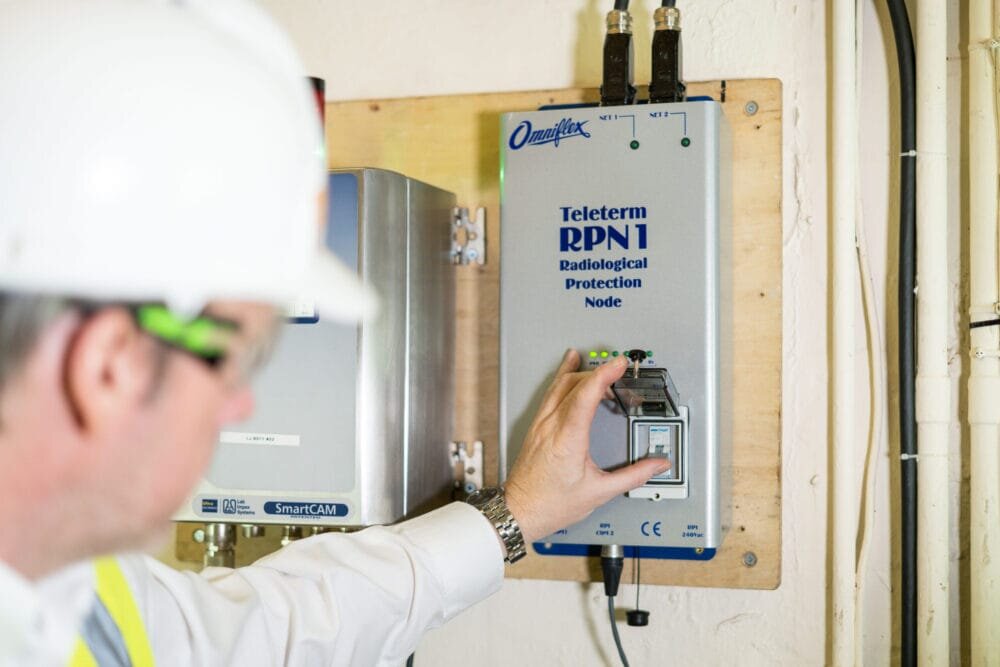The role of effective radiation monitoring in decommissioning nuclear sites
At its peak in 1994, the energy generation capacity of the UK’s nuclear power stations was 12.7 GW across 16 plants. In 2024, the capacity has fallen to around 5 GW and the number of stations is down to nine. However, this is far from the end of the story as spent nuclear fuel remains radioactive for centuries and requires rigorous safety processes to safeguard against leaks. Here Gary Bradshaw, director of radiological surveillance specialist Omniflex, explains the essential role of effective radiological monitoring in nuclear decommissioning.
Nuclear power stations have a service lifetime of 40 to 60 years, but their stories extend beyond this. After the generation period, by which time the reactor and safety systems are approaching obsolescence, plant operators must dismantle them with extreme care. If all goes according to plan, the former station site will remain unusable for at least 50 years.
Decommissioning usually follows this sequence: first technicians remotely remove the highly-irradiated, spent fuel from the reactor core and place it in a steel-lined cell to be safely released from its housing. Robots then segment the reactor and fuel assemblies, chopping it into pieces, before an assay system checks the radiation levels and categorises the materials as low-level, intermediate or still-reactive.
The dismantled reactor materials are then encapsulated in lead-shielded steel drums and sent to nuclear storage repositories like those found at the Sellafield nuclear site, which is the centre of British nuclear treatment and disposal, where they will be stored for hundreds of years.
Clearly, radiological monitoring plays a crucial role through every stage of the nuclear timeline because the threat of alpha, beta and gamma radiation leaks is so great, even from spent reactor material. Therefore, it is crucial that nuclear sites deploy proper radiation monitoring technology in both active plant areas and nuclear waste storage facilities to ensure ongoing plant-wide safety. Furthermore, in the event of a leak, radiological monitoring systems enable operators to identify them and respond as quickly as possible, minimising any operational disruptions and safety risks.

Networked radiological monitoring
The Health and Safety Executive (HSE), Office of Nuclear Regulators and the Nuclear Decommissioning Authority (NDA) set strict guidelines for live and historical radiological level monitoring. However, site managers face challenges in networking all their alarms because many of the systems are decades old and face obsolescence challenges, which are primarily caused by the original manufacturers no longer being in business.
When the National Nuclear Laboratory (NNL) needed to install 130 data collection points to connect radiation protection instrumentation across Sellafield’s site, It was not feasible to use traditional networking solutions. It would have taken months to complete and incur significant cabling and installation costs.
To overcome these challenges, Omniflex designed the RPN1 radiation monitor interface device in partnership with Steve Parkin, senior project manager for NNL. The RPN1 is a gateway device that simplifies data collection from radiation monitors and connects them to the plant’s top-end SCADA system. It is a commercial off-the-shelf (COTS) product that can be installed in minutes, saving thousands of man hours of installation work and eliminates the need to install miles of expensive cabling.
The innovation of the RPN1 helped NNL save over £1m in project costs, reduced the time operators spend in active plant areas and significantly accelerated the project delivery time. Furthermore, the engineering of the RPN1 led to Omniflex winning a NDA Innovation Award.
Decommissioning nuclear stations is a centuries-long process that requires robust radiation monitoring measures for the duration. Without the proper implementation of radiological monitoring instrumentation with clear and transparent data analysis capabilities, potential catastrophic incidents are bound to occur.
To find out more about Omniflex’s work in the nuclear industry and for examples of the key safety systems in use today, download the company’s nuclear sector overview for free on its website.









